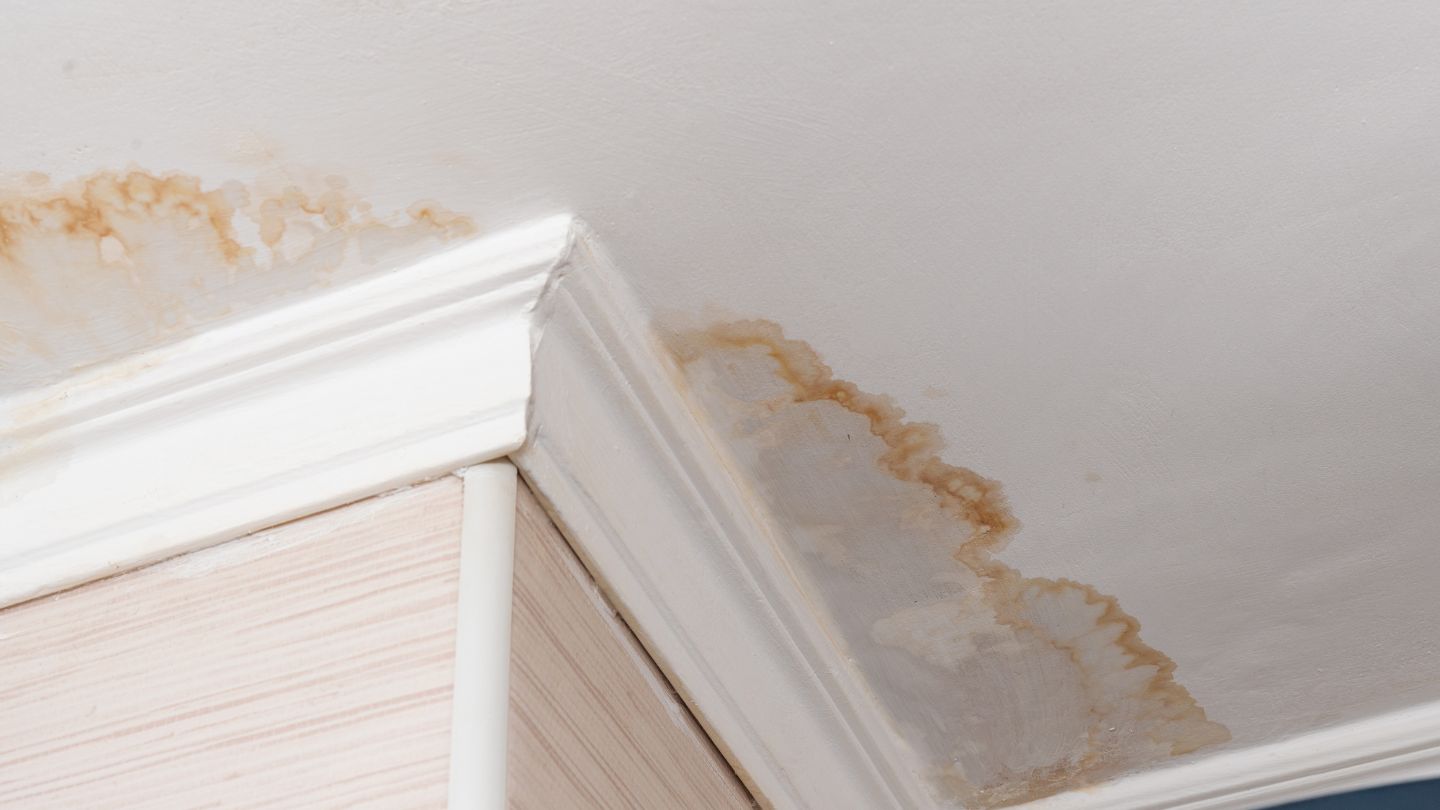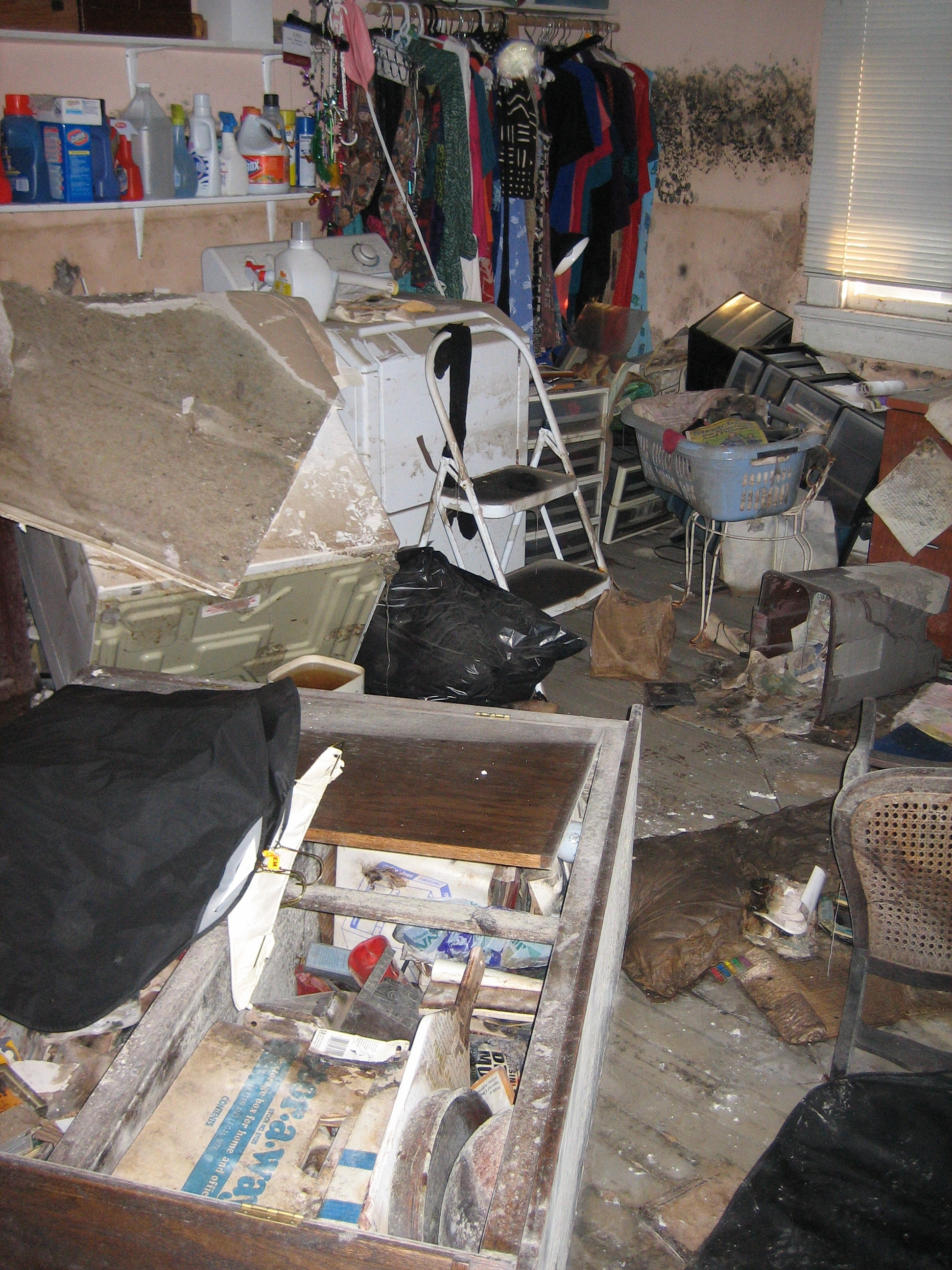Professional Water Damage Restoration for Homes and Businesses Near You
Professional Water Damage Restoration for Homes and Businesses Near You
Blog Article
The Process of Water Damages Clean-up: Ensuring Your Home Is Recovered Properly
Water damages can be a difficult challenge for home owners, necessitating a structured and meticulous clean-up procedure to bring back security and performance. damage restoration services. Following this, effective water removal methods play a pivotal role in mitigating additional injury.
Assessing the Damage
Upon finding water damage, the very first step is to completely examine the degree of the influence. This preliminary assessment is critical, as it helps identify the necessary steps for effective cleanup and reconstruction. Begin by evaluating the influenced locations, including wall surfaces, ceilings, floors, and personal possessions, to recognize the resource of the water breach, whether from flooding, leaks, or condensation.
Recording the damage is vital for both insurance coverage claims and planning restoration initiatives - damage restoration services. Use pictures and composed notes to capture the extent of the damages, keeping in mind any kind of damaged structural components and products. Pay unique focus to areas that may not be immediately noticeable, such as behind wall surfaces and under carpetings, as hidden moisture can cause further difficulties, including mold development
Furthermore, assess the timeline of the water direct exposure. The longer the products remain damp, the greater the possibility for damages. Understanding the period of exposure will certainly notify the seriousness of removal efforts. Inevitably, an extensive assessment lays the groundwork for an effective water damages clean-up procedure, making sure that all impacted locations are dealt with properly and completely.
Water Extraction Methods

Experts generally utilize completely submersible pumps for larger quantities of water, which can quickly reduce flooding in basements or other impacted areas. For smaller sized amounts, wet/dry vacuum cleaners are commonly made use of to draw out recurring dampness from carpetings and tough surface areas. In addition, using portable extractors enables targeted elimination in constrained rooms or areas with delicate products.
In circumstances of infected water, such as sewer or floodwater, progressed removal methods may include using biohazard tools to ensure safety and security and conformity with health and wellness guidelines. High-powered removal devices are crucial in decreasing water retention in architectural materials, which can cause mold and mildew development and structural degeneration if not attended to quickly.
Ultimately, the performance of water removal methods plays an essential function in the overall success of the water damages clean-up process, laying the foundation for subsequent reconstruction efforts.
Drying and Dehumidification
Once standing water has actually been successfully drawn out, the following important phase in the water damage cleanup procedure is drying and dehumidification. This action is vital to protect against additional damages and mold development, which can occur within 24 to two days in wet settings.
To achieve reliable drying, customized devices such as industrial-grade air movers and dehumidifiers is used. Air movers distribute air throughout wet surface areas, improving dissipation rates, while dehumidifiers lower moisture levels airborne, promoting a favorable environment for drying. The combination of these devices guarantees that dampness is drawn out from floorings, walls, and furnishings, permitting them to dry completely.
It is essential to check the drying out process carefully. Experts usually use dampness meters to evaluate the dampness content in different products, making certain that all impacted areas get to acceptable dryness levels. This careful method assists to protect against hidden moisture pockets that could result in architectural damages or harmful mold and mildew development.

Cleaning and Sterilizing
After the drying out and dehumidification phase is total, the next vital step in water damage cleanup is cleaning and sanitizing the anchor impacted locations. This procedure is vital to protect against the development of mold, microorganisms, and other microorganisms that flourish in damp settings.
The cleansing stage normally includes eliminating any debris, dirt, and impurities from surface areas utilizing specialized cleaning representatives. For tough surface areas, a mix of soap and water or industrial cleaning items is usually employed. Soft products, such as upholstery and carpets, may call for much more substantial cleaning approaches, including steam cleansing or deep removal methods, to guarantee comprehensive hygiene.

Sanitizing adheres to cleaning, making use of EPA-approved disinfectants to remove hazardous microorganisms. This action is important, specifically in areas that might have entered into contact with floodwaters or sewer, as these resources can position severe wellness threats.
Additionally, it is very important to deal with any type of remaining odors, which may need the usage of smell neutralizers or sophisticated strategies like ozone therapy. Appropriate cleansing and disinfecting not only bring back the security and health read this article of your home yet also prepared for effective restoration and repair services in subsequent stages of the water damages cleaning procedure.
Restoration and Fixings

Once the assessment is full, repair efforts can start. Furthermore, flooring may call for similar focus, depending on the degree of water exposure.
It is crucial to involve knowledgeable restoration specialists during this procedure, as they possess the knowledge to handle complicated repairs properly. They can aid reduce potential future concerns, such as mold development or structural instability, therefore making certain a habitable and safe living atmosphere. Inevitably, efficient restoration and fixings bring back the home's integrity and improve its general worth.
Conclusion
Finally, the process of water damages cleaning is vital for recovering a home to its pre-damage condition. Each stage, from evaluating the damage to executing efficient water removal methods, followed by thorough drying out, disinfecting, and necessary repair work, plays a crucial function in ensuring safety and compliance with building requirements. Reliable implementation of these steps not only reduces immediate damage however additionally enhances the long-term integrity and value of the residential property.
Water damages can be an overwhelming obstacle for house owners, requiring a thorough and organized cleaning procedure to bring back safety and functionality. Ultimately, a thorough evaluation lays the groundwork for an effective water damages clean-up process, making certain that all influenced areas are addressed properly and extensively.
Effective water removal methods are important in minimizing damage and preventing more issues following a water invasion event.In final thought, the process of water damage clean-up is crucial for recovering a home to its pre-damage condition. Each stage, from analyzing the damage to applying reliable water extraction methods, followed by detailed drying, disinfecting, and necessary fixings, plays a necessary role in making sure safety and compliance with building criteria.
Report this page